Journeling cypressive - a long-term succulent grass with leaves like a cheva. Small fragrant flowers, yellow-olive shades, extraordinarily transform bushes of the dairy during flowering period, from May to June and often re-in the month of September.
The spectacular decorative type of compact bush "balls" and absolute unpretentiousness in care has become indispensable qualities when using succulent for designing gardens, parks, flower and other landscaped zones.
In this selection of material - all about landing, breeding and leaving the decorative type of miluine.
Journery cypress, plant description
Journeling cypress or euphorbia - a perennial herbaceous plant from the genus Mokhokha, the family of Muzhai. Accordingly, this species has all the morphological features inherent in succulents.
- A low, up to 30 cm, the plant has a characteristic sizo-green color of the stalks, the cavity of which is filled with white milky juice.
- Numerous shoots straight and densely designer, at the base - branches. This gives the baby's drawing and airiness.
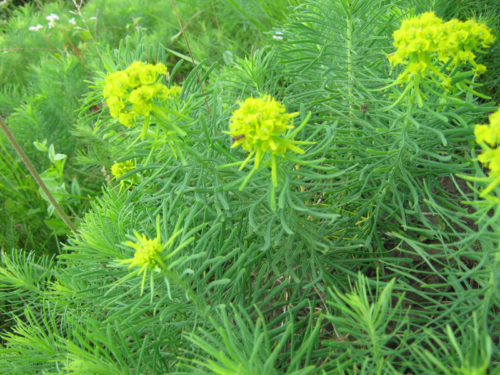
- Bottom leaves look like scales, stroke leaflets - sitting and narrow, resembling needles. The similarity with evergreen cypress determined the name of the species - the softening cypress.
- The root system in perennial creeps, well branched.
- On the tops of the stem groups (10-15) there are styling flowers, two-part at the end. Wrappers wrapper oval-lanceathoid, olive or yellow-pink shades. Small flowers collected in umbrellas have a pleasant fragrant fragrance. Journery blooms in May, sometimes even repeated, in September.
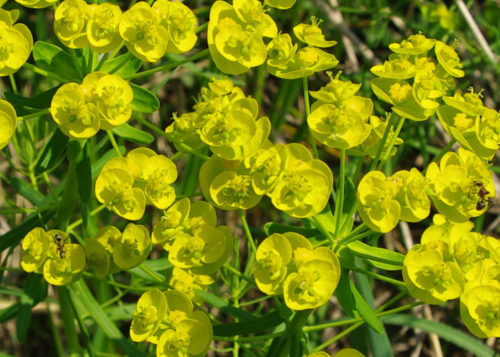
- The fruits are represented by a small tubing three-axis.
- Journeling cypress occupies an extensive habitat across Europe and Asia. The plant is known from prehistoric times. An unpretentious perennial grows everywhere: in the forests, fields, weeds, on the rocks and along the roads.
- On cultured fields and gardens are considered weed grass. But, for the design of a variety of landscapes, the perennial is used as a valuable decorative culture. Original fluffy and compact bushes successfully fit into any plant composition. And the high drought resistance and winter hardiness dairy makes it a versatile culture for different climatic conditions.
The breeding of the milk cypress
Ruhalopy cypressive easily multiplies both vegetative and generative ways. And the self-sowing of the plant allows culture to quickly multiply and without human intervention.
Journery cypress can be bought in specialized garden shops, nurseries or online sales.
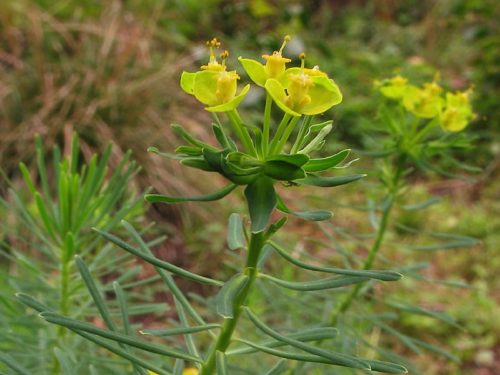
Seed reproduction of the boiled cypress
- Given the unpretentiousness and endurance of perennial, seed seed in the fall, right into the open ground.
- In the spring, the friendly mass rosters are observed, which are developing rapidly.
- If the seeds were stored for a long time in the warm room, the percentage of their gentlement would not be high.
- Journery cypress - a downtown plant capable of self-sowing and reproduction by seeds naturally.
Vegetative reproduction of the milk cypress
- Practice the division of the whole Kusta journey into separate parts. For this, in spring or autumn, the uterine plant digs and divide it into parts that are searched for a new place.
All similar manipulations with rush, it is better to spend in gloves so that the milky juice does not irritate the skin of the hands.
- You can propagate the ruffle also by the division of its rhizomes on the part. The procedure is carried out in spring or at the beginning of autumn. The cropped root increases in length rather quickly, on average, adding 15 cm per year.
- With a vegetative reproduction method, the extension method is also used. For this, cuttings cut from shoots. They are washed in water from the juice that appeared, and in places of cutting - sprinkled with a powder of activated carbon. The cuttings are planted into the container with soil mixture (fertile soil, sand, charcoal) for further germination. Soil with cuttings must be moistened. Already a month later, the cuttings are rooted and then they can be planted in an open ground.
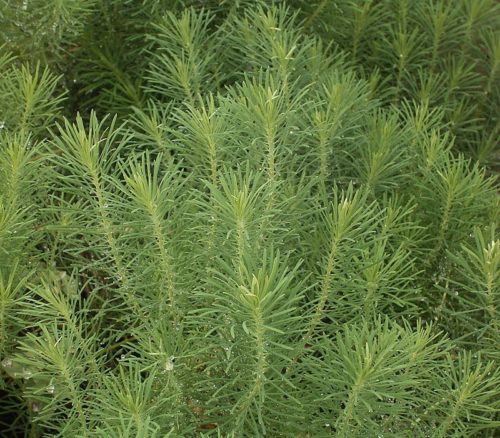
Journery cypress, landing features
Not demanding and very hardy to drought or frosts, Mokhoki is growing perfectly anywhere and on any soils. But to ensure the most spectacular appearance of the bustle of the milk, it is necessary to know the basic preferences of the culture.
Choosing a place
- Journeling cypress prefers outdoor sunshine. It is possible to plant a perennial and in a half, for example, under some shrubs or high trees. In a too shaded place, the stems of the milk will be pulled out, thumping, and bloom will become scarce and rare.
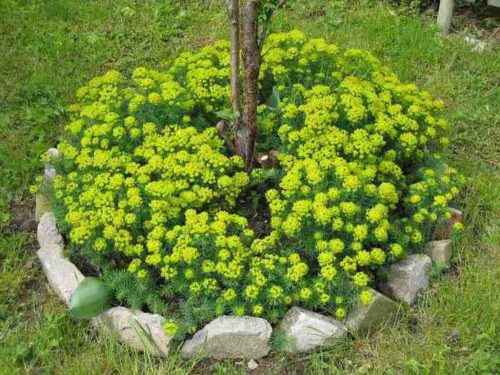
- Culture grows well on stony, black earth or sandy soils. The optimal option for the choice of soil for the succulent is lightweight and nutritious soil, with the addition of peat and compost.
- Drought-resistant succulent does not tolerate excessive moisture or permanent moisture stagnation. Therefore, when choosing a place, it is better to avoid sections with close grounding of groundwater, lowlands or wetlands. In the area with constantly high humidity, Mokhokha will grow not so beautiful and lush, like with a dry climate.
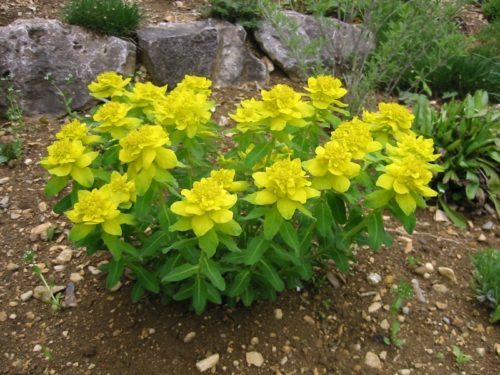
Agrotechnical landing of a boiled cypress
- When planting plants seedlings, the wells are prepared in advance. The bottom of the holes fall asleep with a drainage layer of pebbles, ceramzit or broken bricks. In the well placed the seedlings of the milk with roots and a lump of land. The plant is falling asleep by the soil mixture consisting of ground, sand, peat or humus.
- When planting seeds, the technology is no different from the sowing of any other seed. In shallow holes or rows seed seeds, sprinkle their land. You can add a layer of humus from above, which will protect the seeds in winter, and serve simultaneously feeding for the plant. The spring sowing of seeds of the milk cypressive, but seedlings will not be so viable and tempered as autumn. 15-20 days after sowing in the spring, the first shoots appear.
Ruhaf cypress, plant care
The cultivation of the dairy on its plot does not require special efforts or hassle. It is enough to adhere to the main technological rules of cultivation so that magnificent bushes will be happy for a long time to enjoy those surrounding their attractive decorative species.
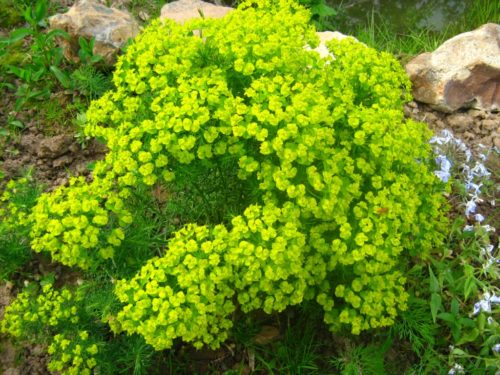
Watering milky cypress
The plant is well adapted to drought, so in frequent watering there is no need. Regularly pour eggs only in the period after landing, for better rooting, and in too dry summer season. During the rest of the time, watering is extremely rare, to maintain the natural turgora plant.
Mulching milk cypress
Flowers recommended soil mulch by humus or sawdust when preparing for the winter period. It is especially important for a bed with a sanguous, autumn, dairy seeds.
Trimming milky cypress
After flowering, the stalks of the bush are lengthened and "fall apart", losing their attractive look. Therefore, Mokhoki is cut off, in order to return an elegant and neat appearance to culture. In addition, such trimming contributes to the stimulation of repeated flowering of perennials in the autumn period.
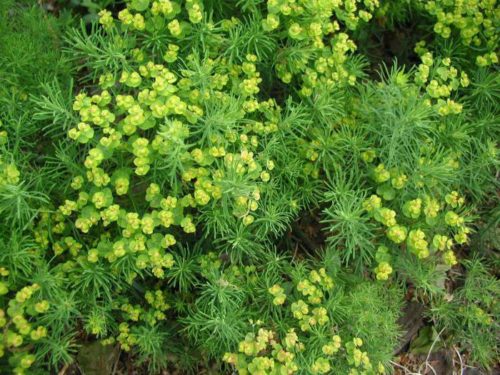
Pruning the plants is carried out in gloves, not allowing the enclosure of the juice into the eyes or inside the organism. Poisonous liquid can cause poisoning, tachycardia and even temporary blindness of a person.
Feeding and making fertilizers
If, when boarding the dairy, the humus was added, then a long time succulent in the feeding would not be needed. Otherwise, you can make in the soil, 1 time per season, mineral and organic additives. Positively responds to a perennial for making a humor or peat in the period before the start of flowering.
Shelter for winter
Possessing high frost resistance, Mokhokhiy Kiparisa does not need shelter for the winter period. It is enough to cut all the filled, broken shoots before wintering. In rare cases, harsh and honeycomb winters, large bushes are covered with a sweetheart.
Fighting diseases and pests
Ruhalm is extremely rarely susceptible to diseases, more often he suffers from the rebupping of moisture. Then the wilment is observed, followed by death, foliage.
- Sometimes, there is a damage to plants with fungal diseases, such as root rot or fuzariosis. In such cases, the use of special fungicides (for example, Fundazole) will help.
- If the plant was damaged by pests such as a white throat or a web tick - it is necessary to spray a bush with soap solution. When this tool does not cope with the "parasites", the succulent should be treated with a special chemical insecticide.
- Cases when in rainy weather, the plant fades and rapidly cares every day, and its leaves are yellow and fall out, testify to the "attack" of microscopic worms - nematodes. Insecticides with a toxic substance - phosphamide are selected to combat pests.
- Sometimes on the plant there may be a whitish raid, left insect pests, referred to as the people like a torment Cherver. To destroy the clerk, it is necessary to destroy all pending on the bush, insect eggs and treat the milk insecticide.
Transplanting Breaking Cypress
Justochy does not "love" frequent transfers, which, besides, can injure its vegetative parts, including roots. Gardeners admit a periodic transplant of perennials, but not more often than once every five years.
Journeling cypressive is a fairly active aggressive plant, which, raging, captures an increasingly new territory. With this, unplanned reproduction, you need to remove all seedlings on time, and when planting plants, limit the growth of the roots of slate chasters or a wooden board.
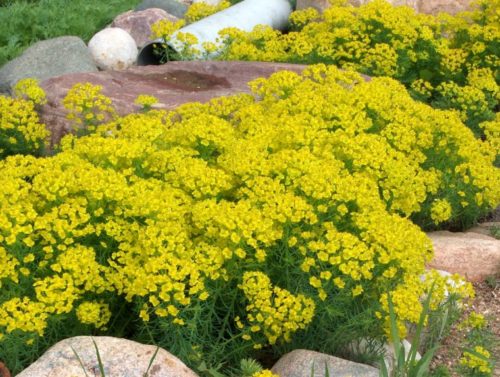
Properties and application of milk cypress
- People's medicine refers to a cypressive pile to medicinal plants. Possessing bactericidal, cleansing, laxative, stiff and painkillers, the perennial is used to treat a number of diseases. Tincture and decoctions are used to combat oncological tumors of internal organs, diseases of the respiratory and digestive system. Outwardly, ointments and grafts help for healing corns, various skin and fungal diseases. Such a healing effect is possible due to the presence in the stem and leaves, the dairy, organic acids, vitamins, tanning substances, natural polymers.
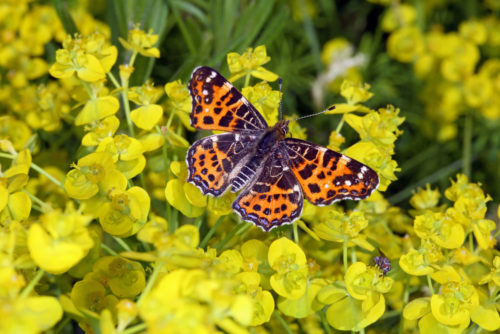
In no case cannot be applied to a drug as a medicine without prior consultation with the doctor. This is especially important, given the poisonous properties of the milk cypress.
- Another purpose of the dairy is decorative. To decorate a variety of landscape zones, borders, alley or alpine slides have long used this unpretentious and hardy plant.
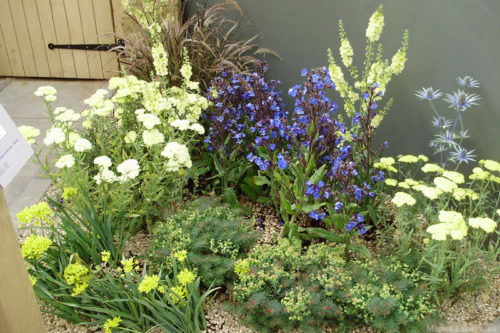
- Green and volumetric quicts of dairy are perfectly shaped any bright flower arrangements. And mass landings of many years of culture are impressive effect and originality. It is convenient that Rocha is capable of growing on any soils, including stony, and in almost any terrain. The widespread popularity of the Mokhokha cypressive received both attractive soil plants. The versatility of the succulent made it a favorite of many gardeners. The only drawback is the propensity of the plant to expansion (unregulated territorial distribution), which may entail the intensification of the growth of "neighboring", with a rush, cultures.
Perhaps the softer cypress - the perfect culture for novice flower flowers. Stilly and, not requiring special care, a perennial plant will be an excellent addition to any flowerbed or a nuclear area.

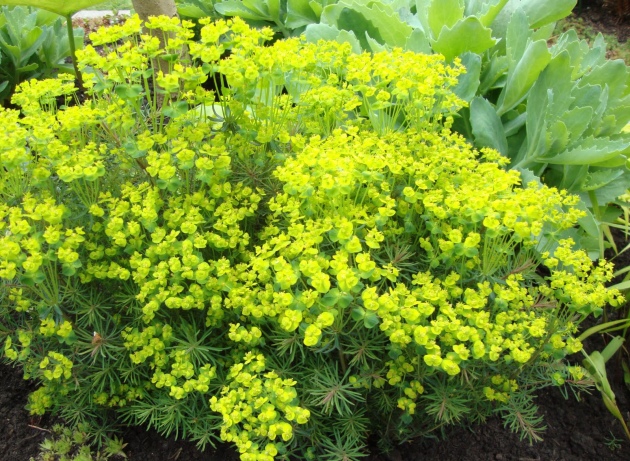
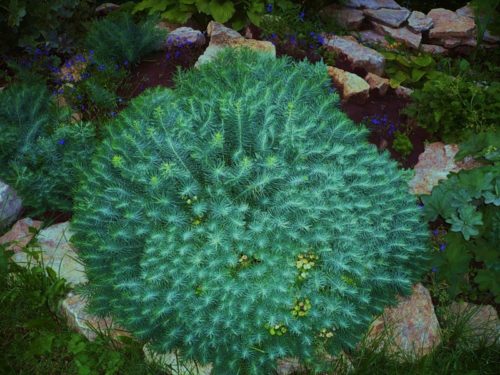
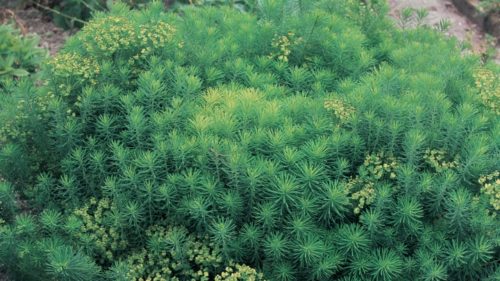
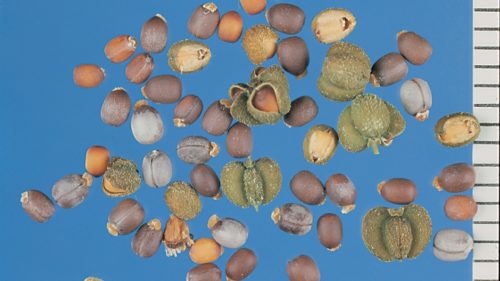
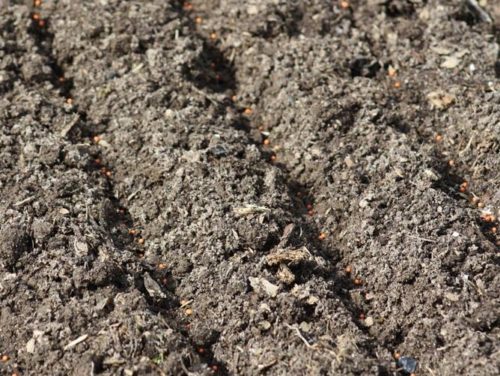
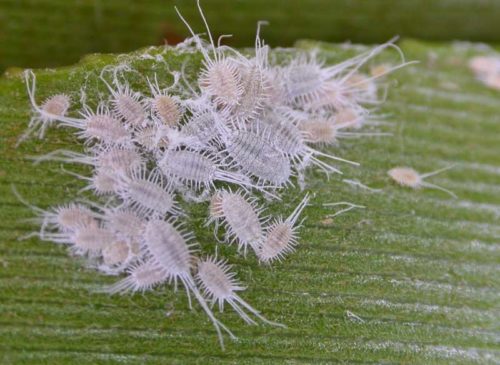
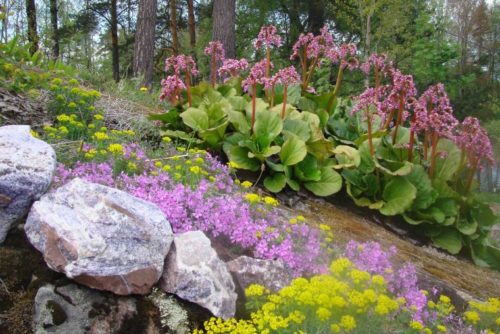
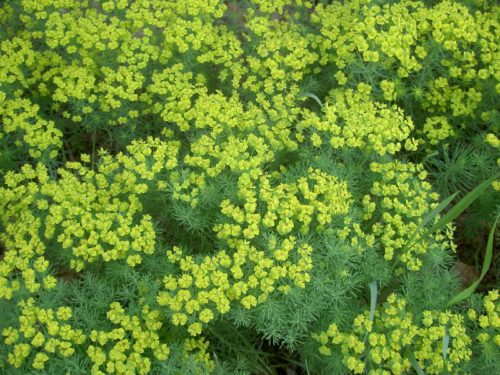
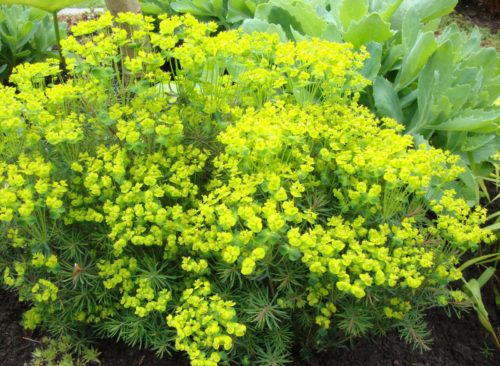
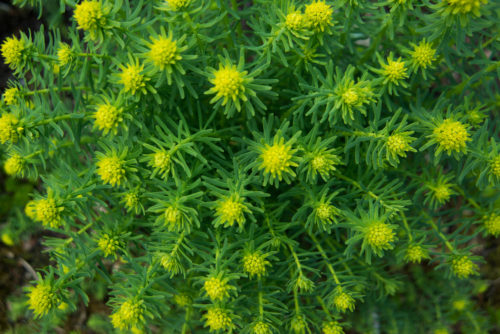
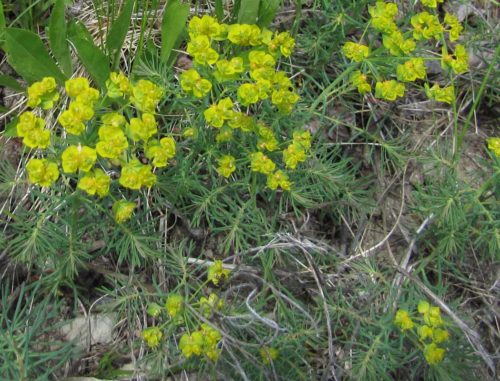
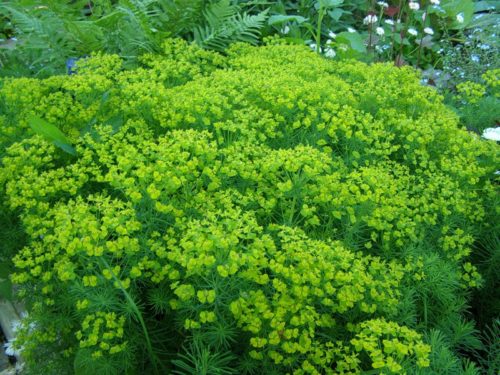
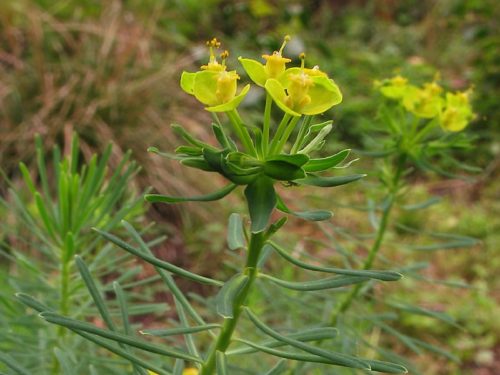












 Start a discussion ...
Start a discussion ...